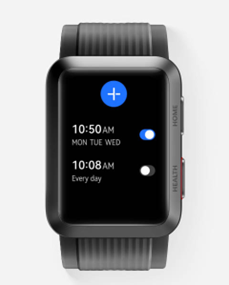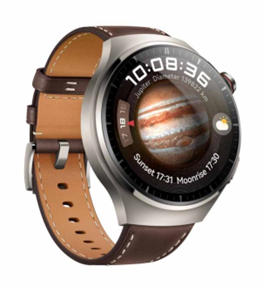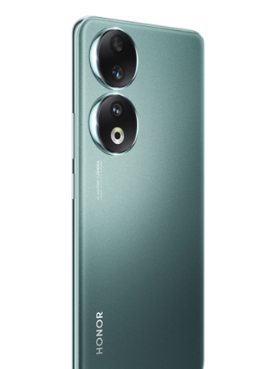In the age of wearable technology, smartwatches have become an integral part of our lives. These compact devices offer a plethora of features and functionalities, but their true potential lies in the design of user-friendly interfaces. As technology continues to evolve, so does the need for seamless interaction methods that make smartwatches an effortless extension of our digital lives.
Understanding the Importance of User-Friendly Interfaces
The Convenience Conundrum
Smartwatches are designed to be convenient, allowing users to access information, notifications, and apps without needing to pull out their smartphones. However, this convenience can quickly turn into frustration if the interface is not intuitive. Users want to glance at their wrist and gather information effortlessly. A user-friendly interface is not just a luxury; it's a necessity.

Contextual Awareness for Enhanced User Experience
One of the standout features of smartwatches is their ability to provide contextually relevant information. User-friendly interfaces capitalize on this capability by delivering the right information at the right time. For instance, a fitness app that automatically tracks your steps during a walk or a reminder that pops up when you're near a grocery store. Contextual awareness enhances the user experience by reducing cognitive load and making interactions more meaningful.
Design Principles for Smartwatch Interfaces
Creating user-friendly interfaces for smartwatches requires a blend of design aesthetics and functionality. Here are some essential design principles to consider:
Simplicity is Key
Simplicity lies at the heart of a user-friendly smartwatch interface. Limited screen real estate demands concise and clear information presentation. Use a minimalist approach to design, focusing on essential elements and avoiding clutter. Prioritize the most relevant information and make it easily scannable.
Intuitive Navigation
Navigating a small screen can be challenging, but intuitive navigation is a hallmark of user-friendly design. Incorporate touch gestures, swipes, and taps that mimic natural movements. Consider hierarchical menu structures with recognizable icons for quick access to apps and functions.
Enhancing Interactions: Beyond the Basics
Smartwatches have evolved from mere notification centers to powerful companions that allow users to interact with their digital world in meaningful ways. Here are two areas where interaction enhancements are shaping the user experience:
Voice and Gesture Recognition
Voice commands and gesture recognition have opened new doors for hands-free interaction with smartwatches. Users can send texts, set reminders, or initiate calls by speaking simple commands. Gesture recognition adds another layer of interactivity, enabling users to navigate through menus and notifications with a flick of the wrist.
Haptic Feedback for a Multi-Sensory Experience
Haptic feedback, or the use of vibrations, taps, and other tactile cues, adds a multi-sensory dimension to smartwatch interaction. This feature allows users to feel notifications, acknowledge alerts, and respond without looking at the screen. Well-implemented haptics provide subtle yet effective feedback that enhances the overall user experience.
The Future of Wrist-Worn Interaction
As technology continues to evolve, the future of wrist-worn interaction holds exciting possibilities. From advanced health monitoring to augmented reality overlays, smartwatches are poised to become even more integrated into our daily lives. Crafting user-friendly interfaces will play a pivotal role in maximizing the potential of these devices.
Personalization and Adaptability
Personalization will take center stage as smartwatches become more versatile. User-friendly interfaces will allow individuals to customize their watch faces, app layouts, and interactions according to their preferences. For instance, the huawei gt4 watch, known for its sleek design and innovative features, embraces this trend by offering a range of customizable watch faces that cater to different styles and moods. Users can effortlessly switch between elegant analog designs for formal occasions and vibrant digital faces for more casual settings.

Seamless Integration with Ecosystem
Smartwatches are often part of a larger ecosystem of devices, such as smartphones and smart home devices. The future will see even tighter integration, with user-friendly interfaces allowing seamless interaction between these devices. This might involve controlling smart home devices from your wrist or answering calls directly on your smartwatch.
Conclusion
In the world of wearable technology, crafting user-friendly interfaces for smartwatches is paramount. The convenience and potential of these devices can only be fully realized through thoughtfully designed interfaces that prioritize simplicity, intuitive navigation, and enhanced interactions. As technology advances, the evolution of wrist-worn interaction will continue to shape how we interact with our digital world, making it more accessible and user-centric than ever before.


